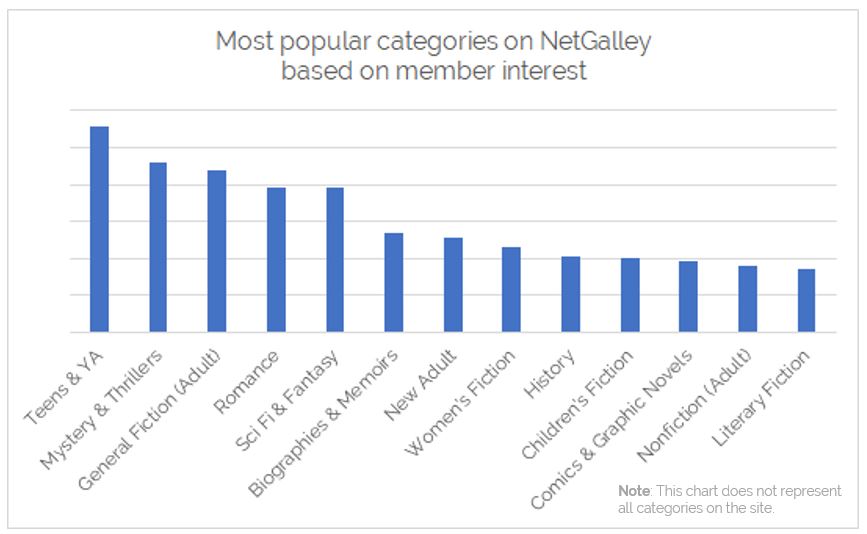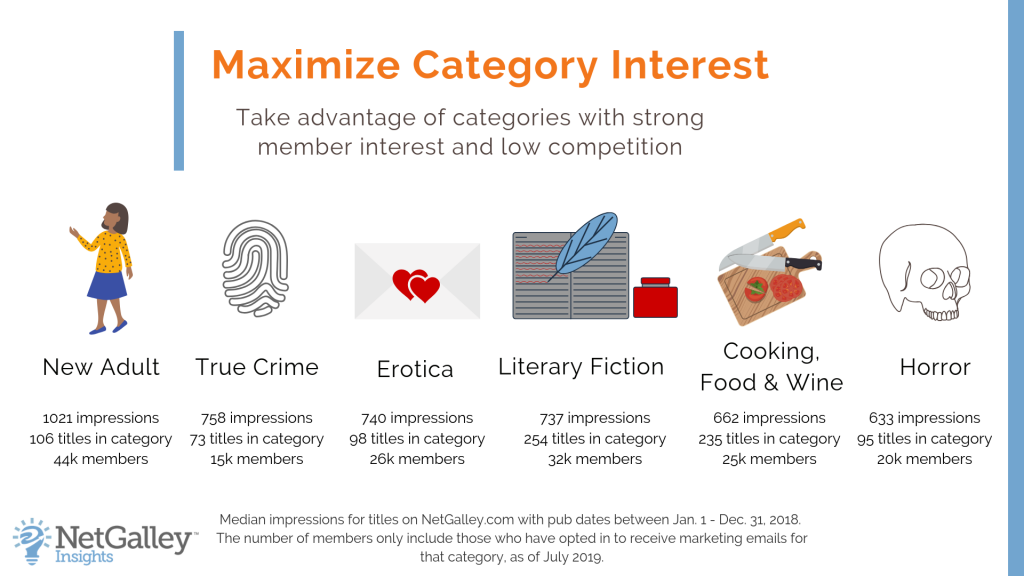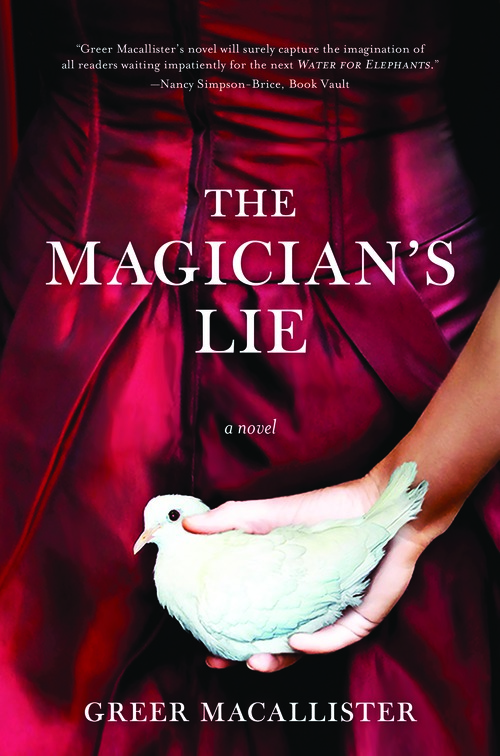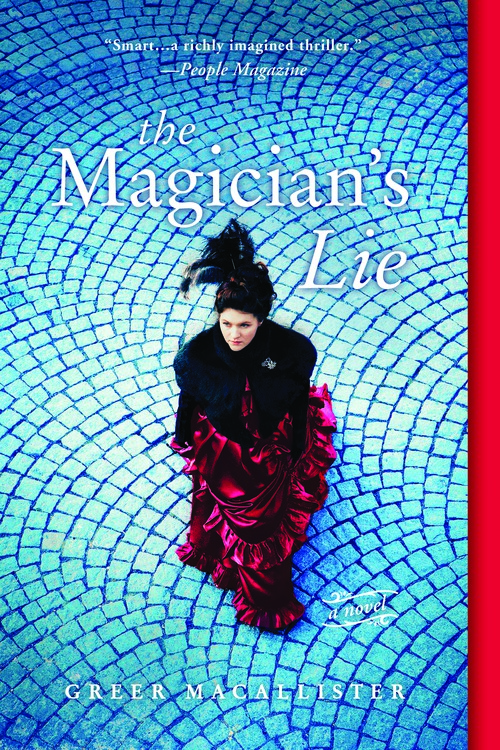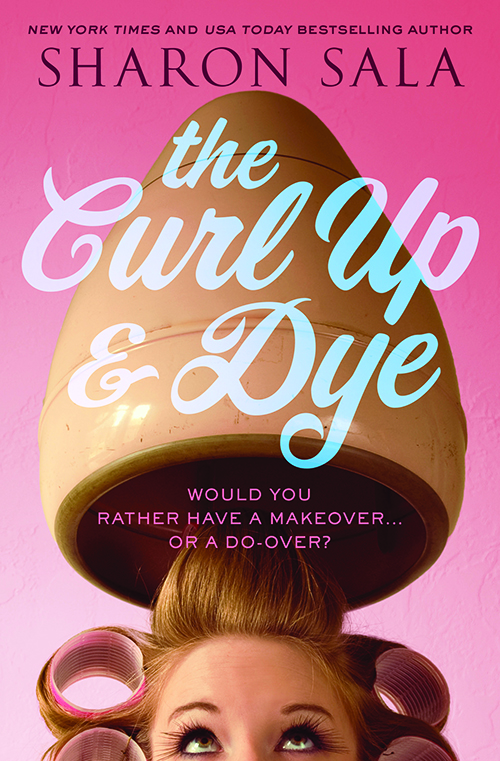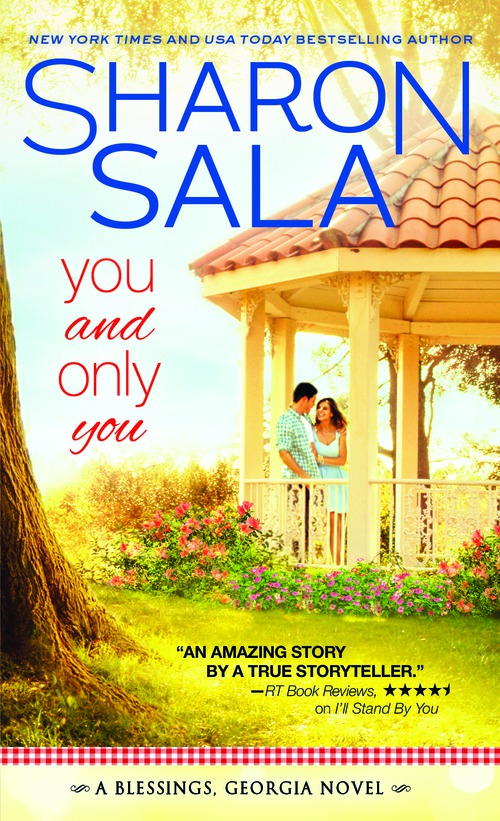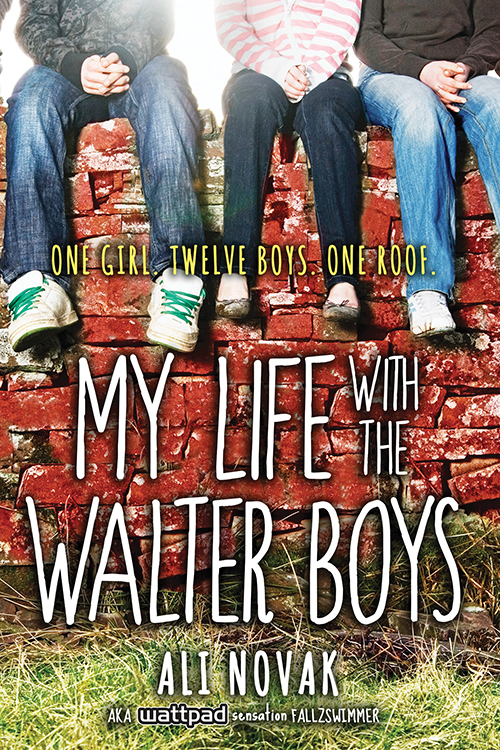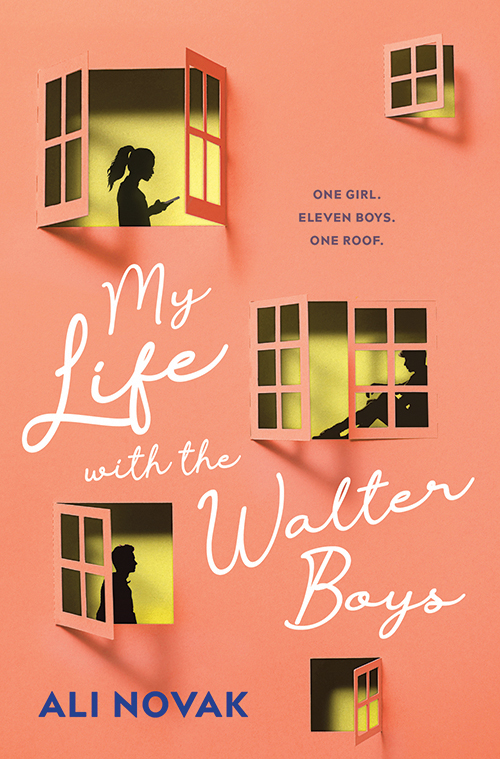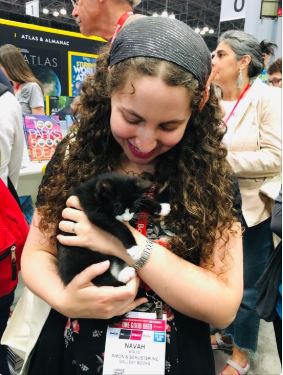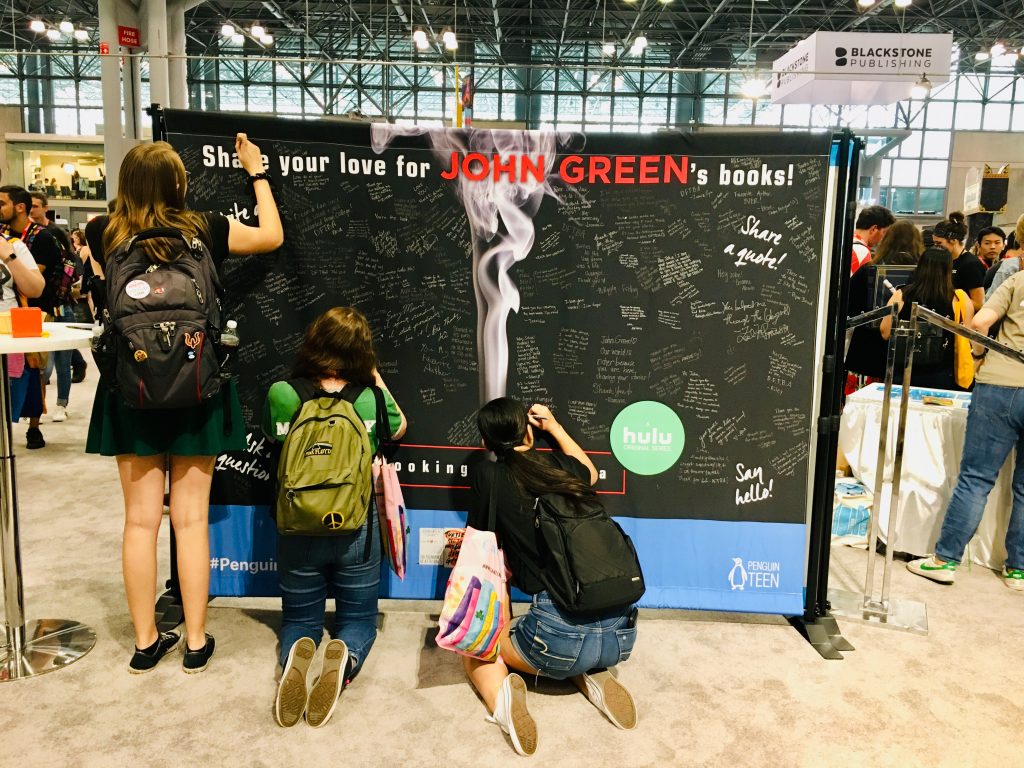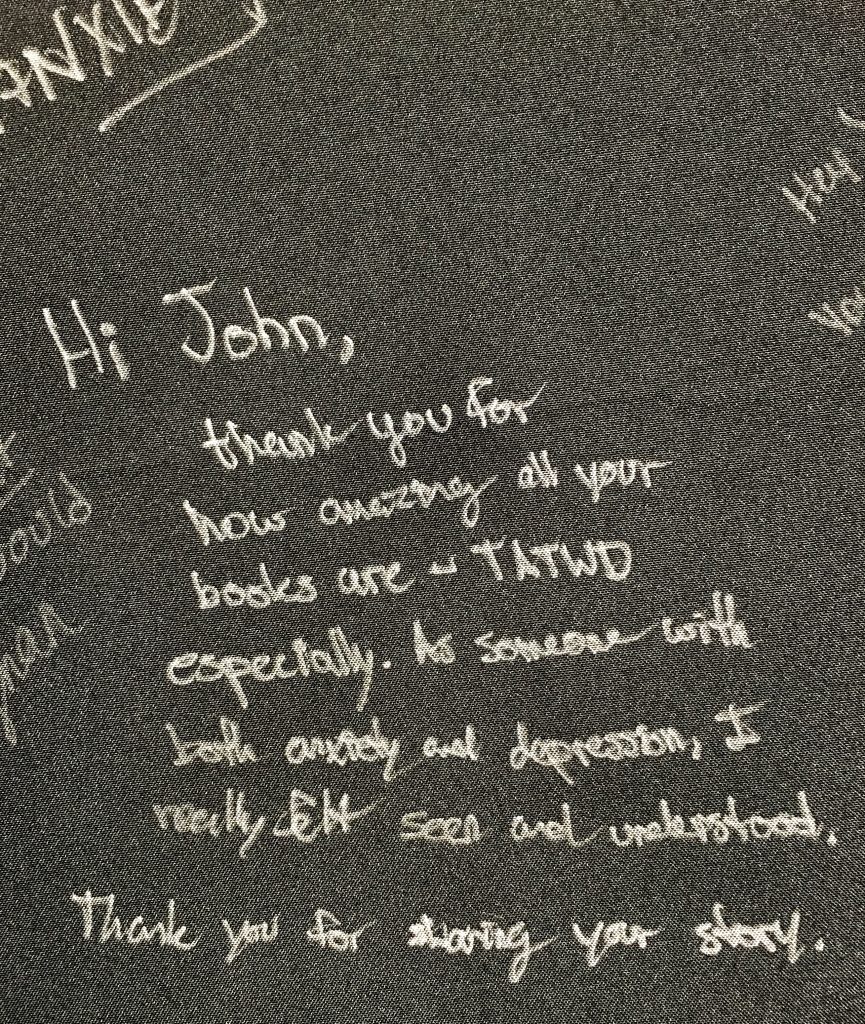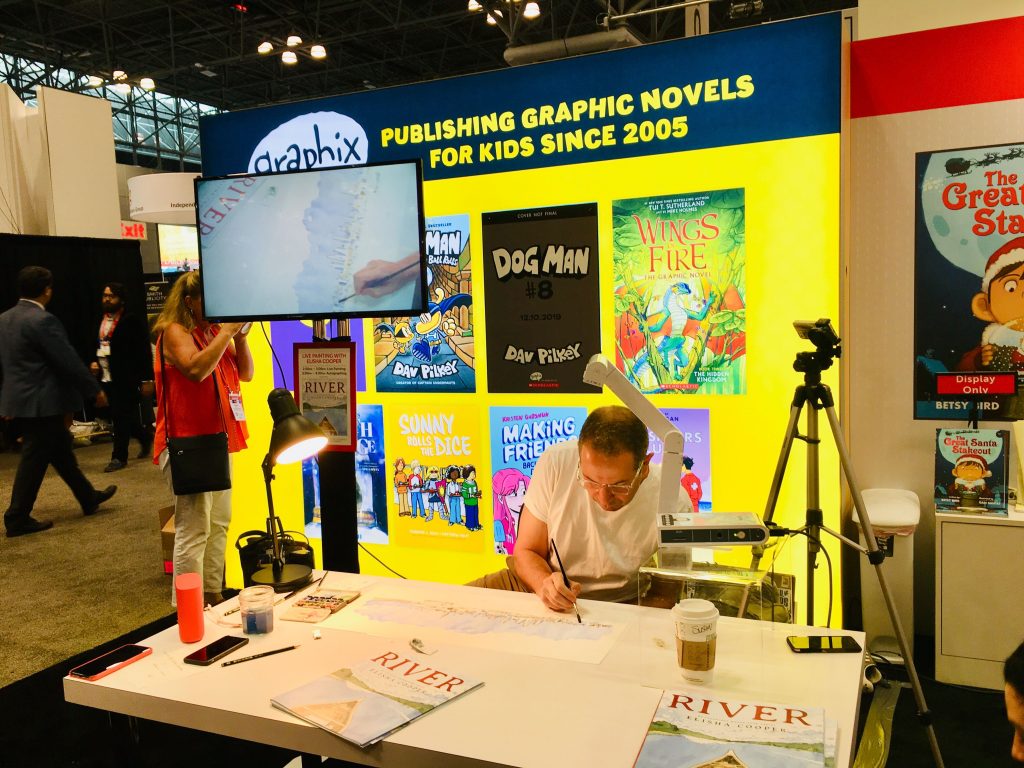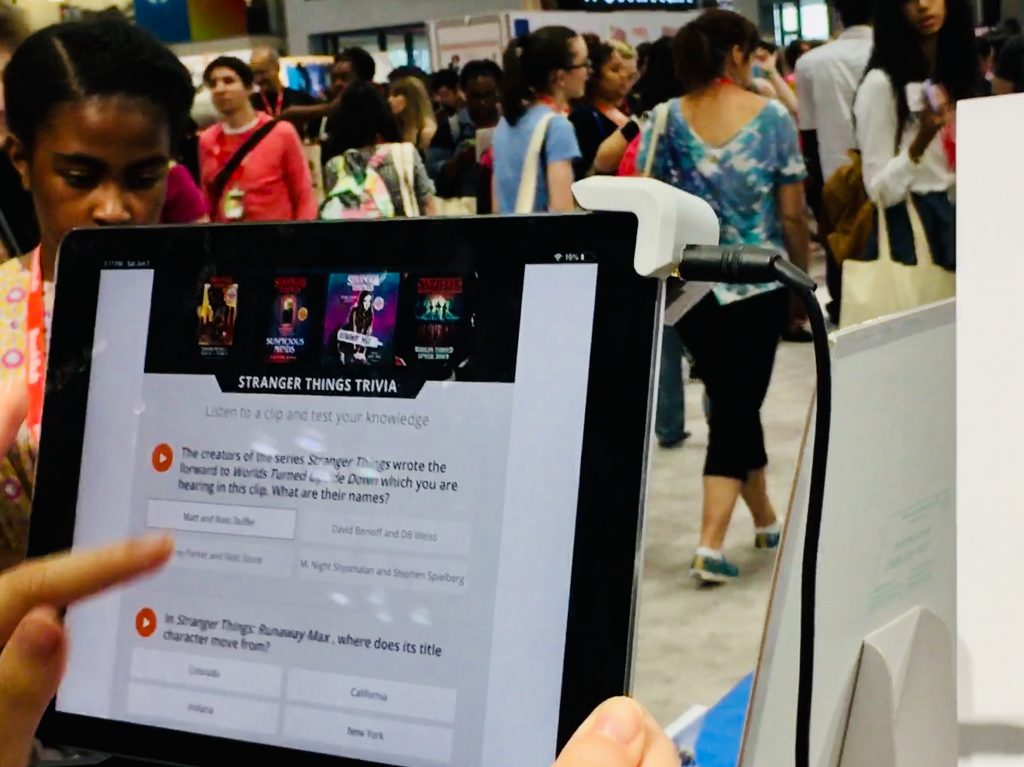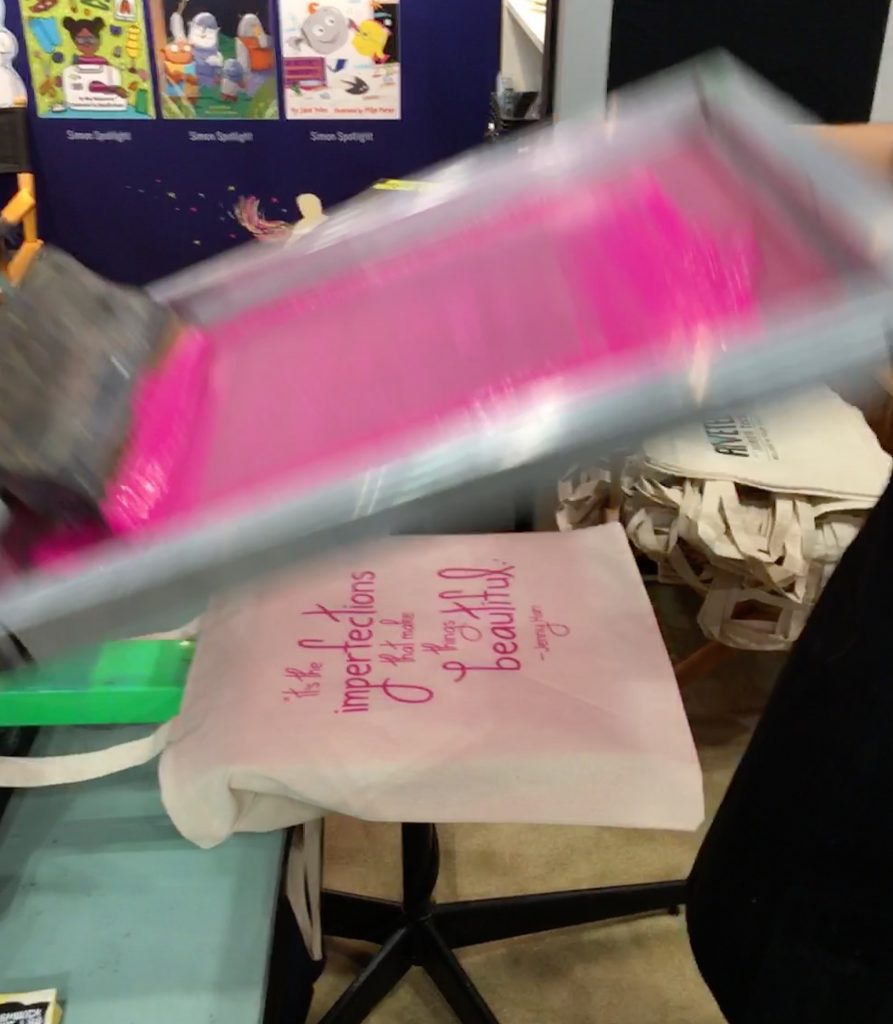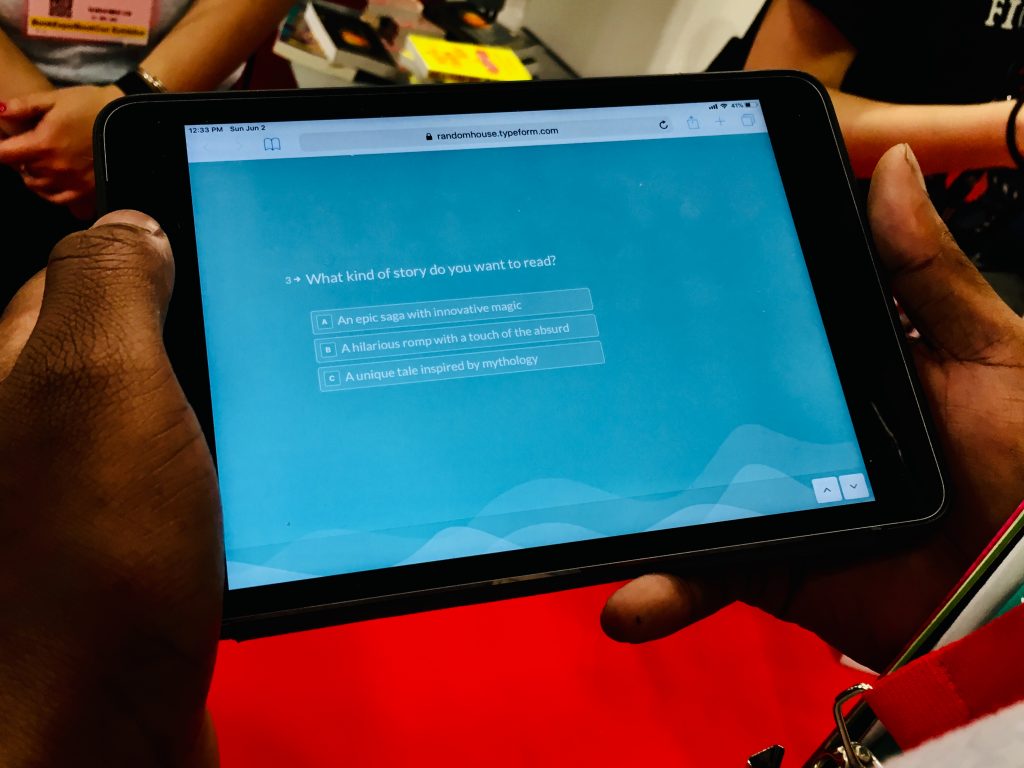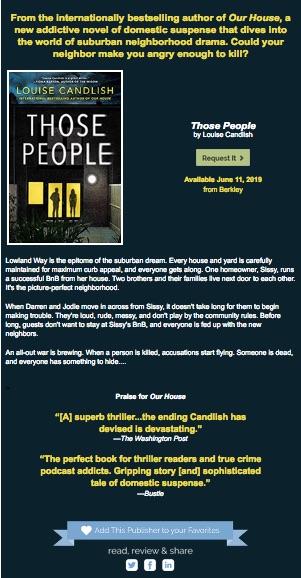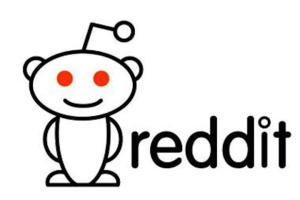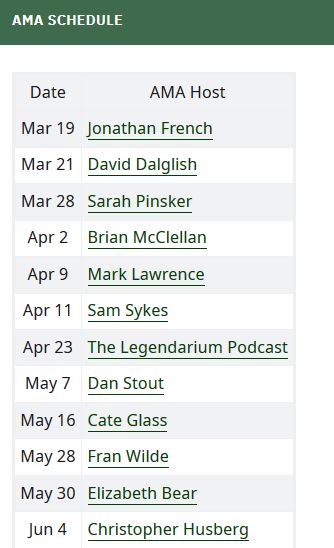Reddit, the self-described front page of the internet is a powerful platform for connecting with enthusiastic and vocal readers. For a primer on Reddit and some ideas for engaging with its communities, check out our recent introductory article. Like any online community, Reddit has its own norms, its own lingo, and its own unique forms of communication. One of the most influential forms of Reddit-specific communication is the AMA.
AMA, which stands for Ask Me Anything, has its roots in early online forums like AOL chatrooms, Slashdot, Something Awful, and others. But it was on Reddit that the form was codified, popularized, and brought into the mainstream.
To conduct an AMA, a user will offer a brief description of themselves, and then open themselves up to a barrage of questions by writing “AMA.” Then, the floodgates open for any user to ask a question. One of the most commented-on AMAs from 2018 was from a Reddit user receiving Universal Basic Income. (UBI is a guaranteed stipend given to every citizen within a governed population.) They wrote “I am receiving Universal Basic Income payments as part of a pilot project being tested in Ontario, Canada. AMA!”
Unlike other forms of interviewing, AMAs tend to have an informal tone, giving Redditors a peek behind the curtain into the lives of either very famous people, or people with unusual lives. They can let authors and fans relax around one another, giving conversations a more casual tone, as opposed to a formal book talk Q&A. For example, in Bill Gates’s 2018 AMA, he answered Redditor questions from “What’s your favorite prime number?” to “What’s the most “treat yo self” rich guy thing that you do?” The answers were “2” and “having a nice house with a trampoline.” The thread contains over 10k comments.
To date, Barack Obama, Keanu Reeves, Andy Weir, and Chuck Tingle have all done popular AMAs.
Redditors discover these on dedicated AMA subreddits like r/IAmA or r/AMA, or as a feature on a subreddit dedicated to a different topic. For publishers and authors, relevant places to look for AMAs are r/books, r/writing, or genre-specific subreddits like r/fantasy or r/unresolvedmysteries.
AMAs let authors connect with readers to talk about a new book, answer questions about an older book, or talk about favorite characters. Plus, they are more convenient and less costly than a traditional book tour. For shy authors, an AMA can offer a way to speak authentically with fans while remaining in their own homes. They are not only more intimate than other kinds of interviews, but also more democratic. Readers don’t have to live in a major city or buy an advance ticket. All they have to do is be online at the right time to get a chance to talk to an author whose work they love.
There are a number of ways that publishers and authors can use AMAs to connect with Redditors.
Inspiration and Fan Appreciation
Beloved YA fantasy writer, Tamora Pierce went on Reddit to do an AMA under the r/books subreddit, answering questions about the inspiration behind favorite characters and listening to Redditors who have been reading her work for years. This AMA happened a few months after the US release of Pierce’s most recent book, Tempests and Slaughter.
Demonstrating Subject Expertise
Another way to use AMAs is to focus on yourself as an industry expert, to grow your own brand presence by offering advice. Eric Smith, literary agent and YA author took to Reddit to answer questions about everything from querying to MFA courses, to balancing his “agent brain” and his “writer brain.” While offering up some free advice, he was able to successfully position himself in front of Redditors as an expert in the industry, raising both his own profile and that of his agency, P.S. Literary.
Similarly, Lori Gottlieb, bestselling author of Maybe You Should Talk To Someone hosted a recent AMA on r/books, answering questions about psychotherapy and relationship patterns.
Writing Tips
Authors can also give writing tips during an AMA, both giving a behind-the-scenes look at their own process, and letting them give aspiring writers useful tips.
USA Today bestselling author Penelope Bloom answered questions about her writing process, in addition to book-specific questions during a 2018 AMA. She gave advice about balancing romance and plot, writing a sex scene, and how she manages her prolific career alongside parenthood.
Redditor, moderator of r/fantasy, and NetGalley member MikeOfThePalace describes the benefit of AMAs to authors. “We [are] offering them a chance to talk about their books to thousands of potential new readers, and they could do it at home in their pajamas instead of having to go traveling to a convention or a book tour. It made for an easy sell…As long as they’re ready to answer questions, it’s fine. If they come into it ready to have fun, it’s great.”
MikeOfThePalace also notes that AMAs are best used with authors who already have an established presence. If an author’s platform isn’t strong enough to have a fan base eager to ask them questions, an AMA risks getting very little traction.
Before hosting an AMA, make sure to promote it so that your audience will see it. Unless your author is so famous that they will immediately go viral if spotted on Reddit, make sure to tell the fans to be on Reddit at the appointed time so that they can join in on the limited-time conversation.
For authors and publishers interested in hosting an AMA, the first step is to contact AMA@reddit.com and send a short pitch about the author and the book. The Reddit team will be able to help you figure out which subreddit is the best fit for a potential AMA and help prep for it. You can learn what you need to set up an AMA and use this sign as a template for a proof photo to demonstrate that you’ll be doing an AMA. Then, once you’ve contacted Reddit to help schedule your AMA, they recommend getting in touch with the community moderators of the subreddit where the AMA will take place.
Cassidy Good, Reddit community manager told NetGalley Insights, “The most important factor in having a successful AMA is good prep work. This includes crafting a good title and thoughtful introductory text, which will encourage people to join in and ask questions. It also includes considering the best placement for the AMA. For example, an author who writes true crime would be very popular in r/UnresolvedMysteries as the community is already devoted to discussing crime. The more aligned the AMA topics is with the discussion themes of the community, the more successful it will be. This is why niche and specific communities often have very thoughtful AMAs.”
While Reddit AMAs might not be the right fit for every author, their success represent the ways that author reader interactions are being reshaped in the digital age. These interactions are increasingly happening on digital platforms, through social media, and with the expectation of deeper intimacy or honesty than a reader might expect to find in a traditional reading and Q&A. Whether or not AMAs are a good fit for your authors or your goals, it’s important to remember what makes AMAs resonate, and to take those lessons into your marketing strategy sessions.

